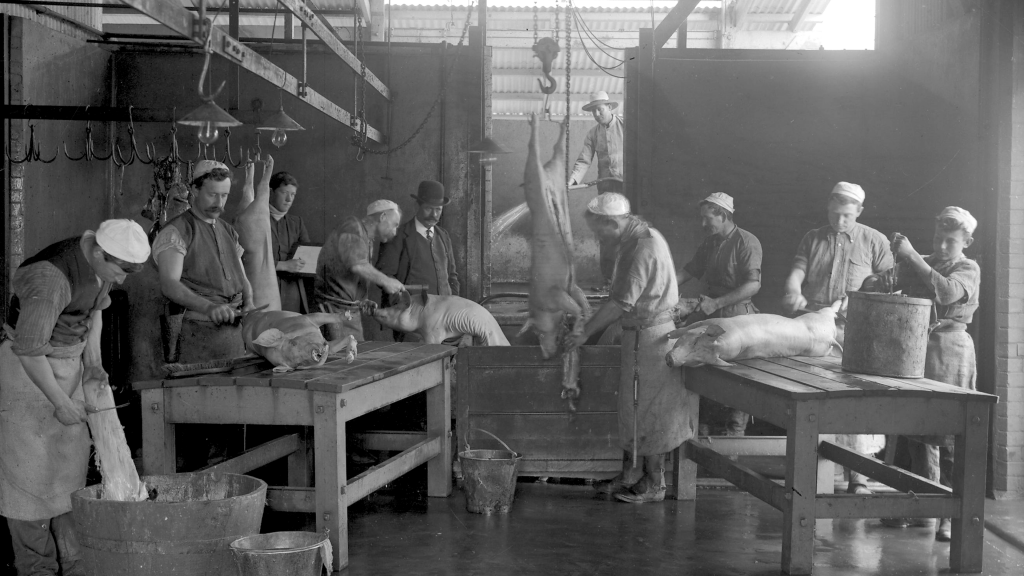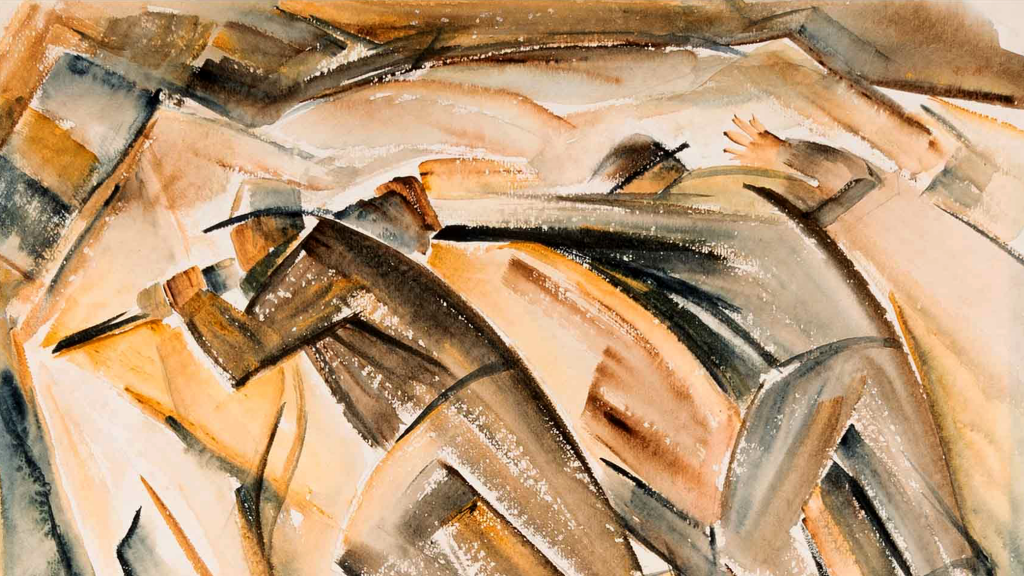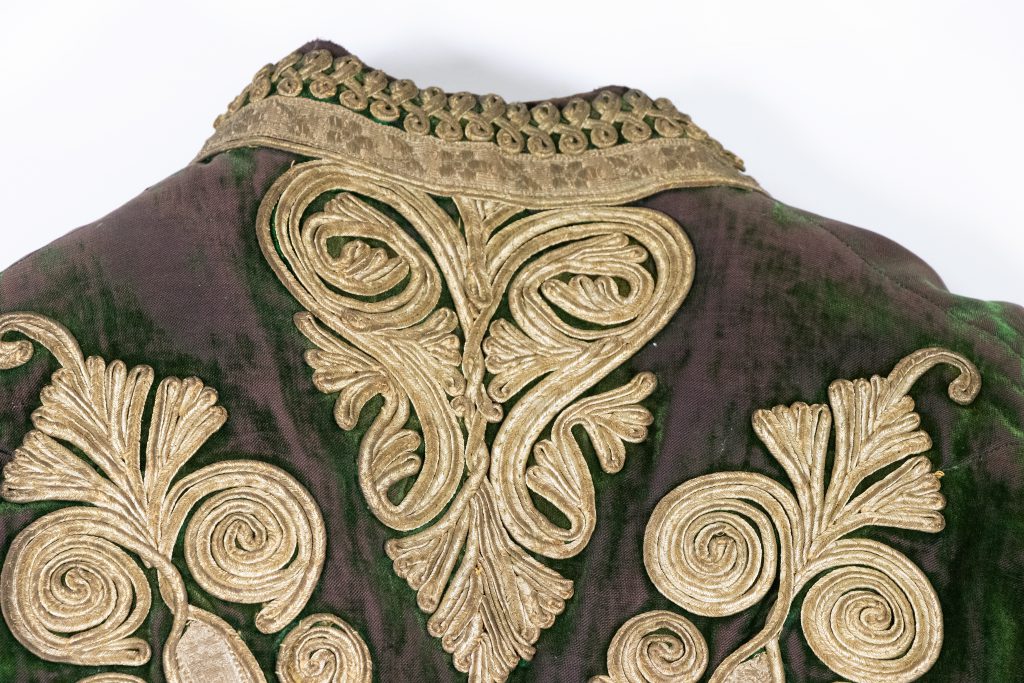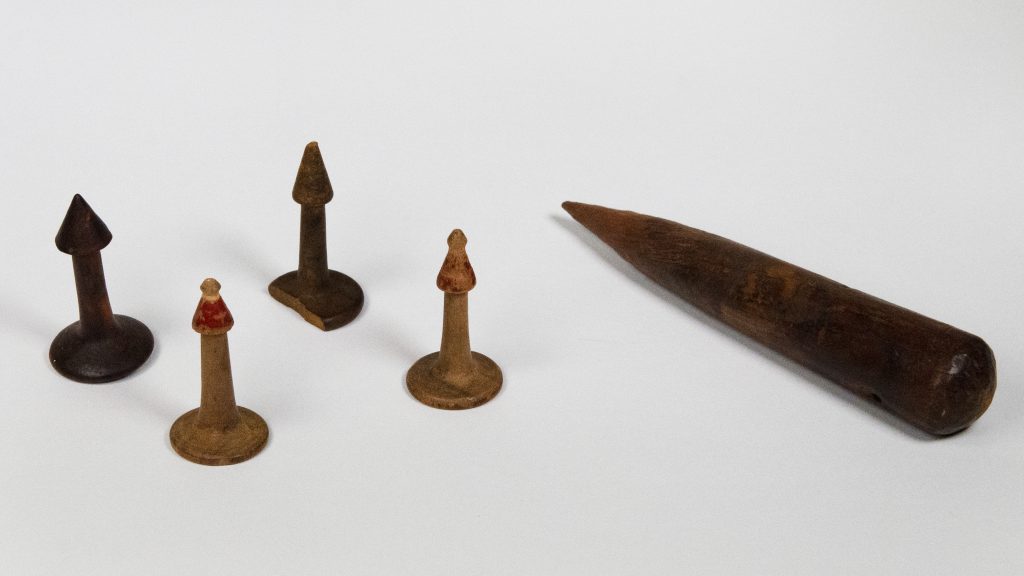
Officially opened on October 6 1908, Broken Hill’s council-owned abattoir was built to provide better sanitation than that provided by existing private or backyard slaughterhouses. In September 1909, keen to show his constituents that the public money was well-spent, Mayor Alderman Long toured the facility with The Barrier Miner’s photographer, James Wooler. Wooler captured the […]
Read More…

Nephew of the first Prime Minister of the Commonwealth, Edmund Barton, William Sydney Robinson (1876-1963) was an industrialist, journalist and diplomat. Robinson was also a philanthropist at heart and made several donations of art from his personal collection as well as on behalf of the Zinc Corporation to the town’s art gallery. Among them were […]
Read More…

Shamroze Khan was born in 1877 in the Punjabi town of Peshawar, in what was then British-ruled India. In 1905 he moved to Broken Hill where he first worked as a cameleer carting freight to stations in the West Darling area with Zaidullah Fazullah, a fellow Punjabi from Ghorghushti. His new life in Australia presented […]
Read More…





